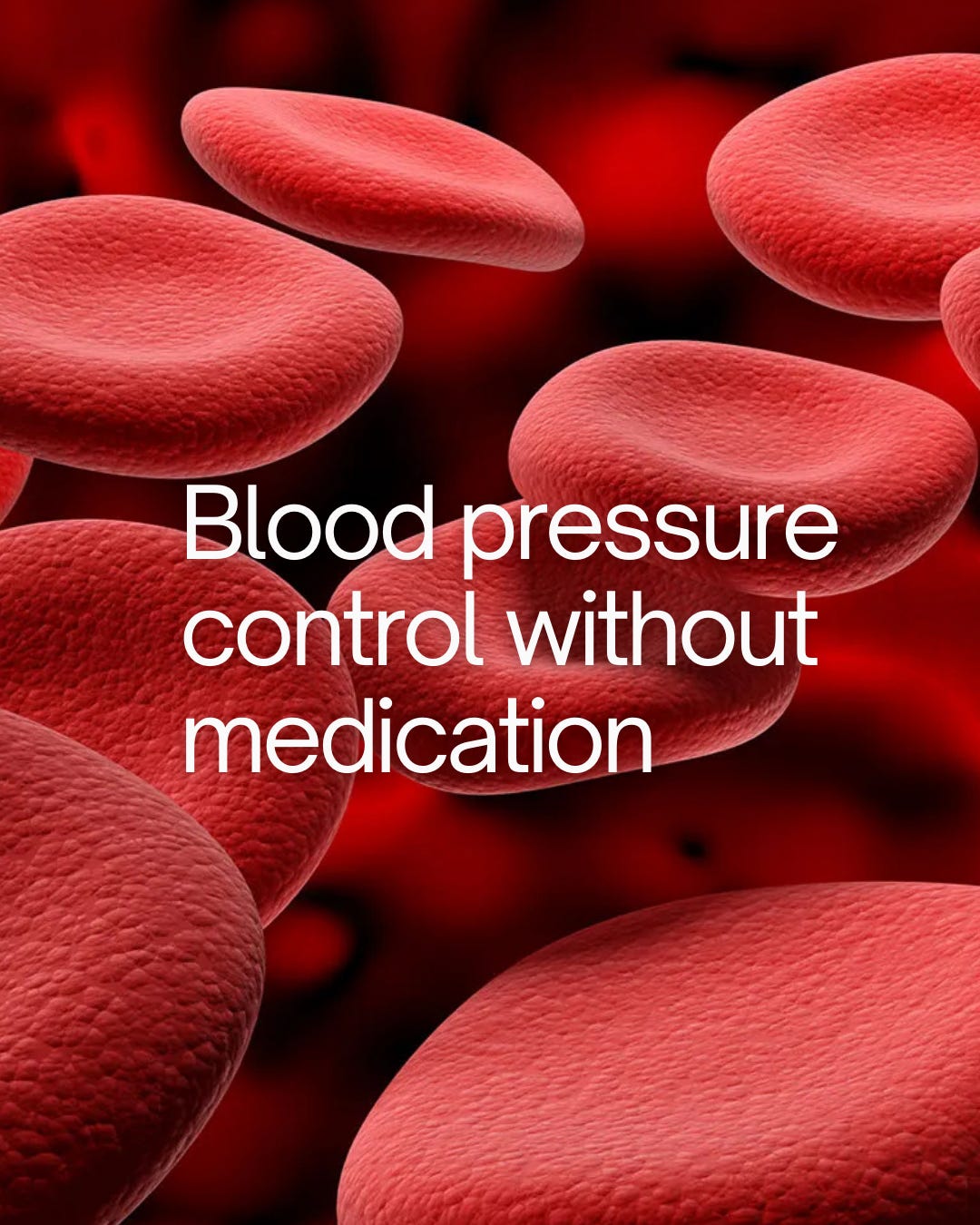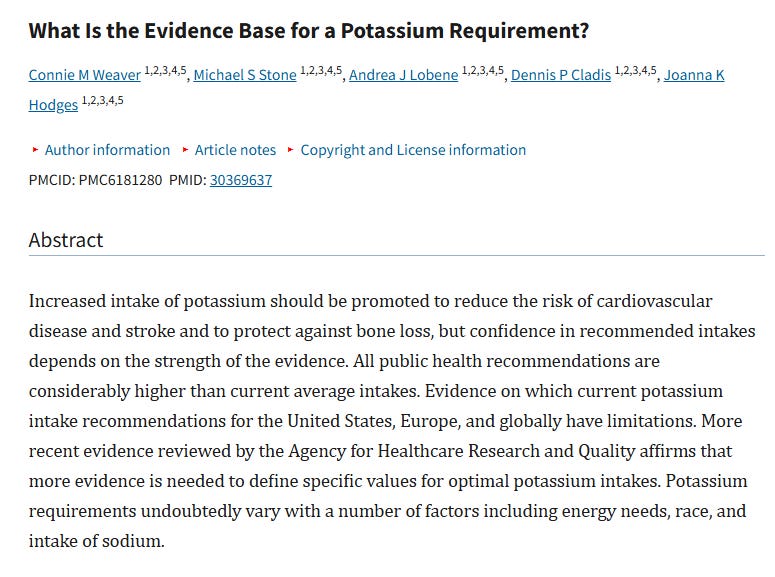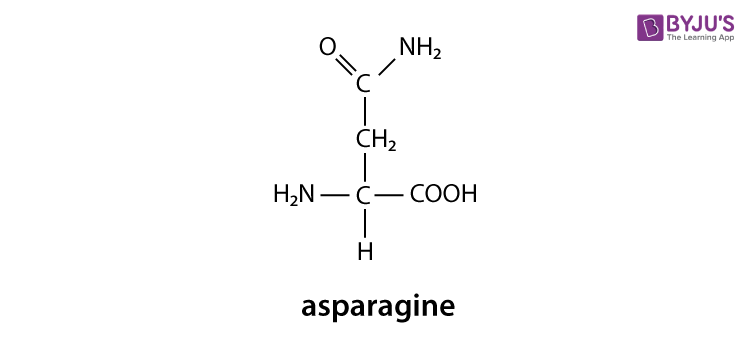Lowering blood pressure without medication
Prevention is better than cure #29
High blood pressure, when left unchecked, is one of the most significant silent threats to long-term health.
It quietly raises the risk of:
Chronic kidney disease (CKD)
Heart attack
Stroke
Cognitive decline
What makes hypertension especially dangerous is that it rarely presents symptoms until damage has already been done.
That’s why blood pressure management should be seen as a preventive strategy, not just a treatment. Instead of waiting until your numbers creep past 140/90 mmHg, aiming for an optimal 120/80 mmHg — especially during the morning surge when blood pressure naturally spikes — is one of the most powerful ways to safeguard your health for decades.
This guide is designed to be comprehensive. It covers not only evidence-based strategies but also unorthodox methods and overlooked levers that can dramatically improve blood pressure control.
Blood pressure isn’t just about “too much salt.” It’s about the relationship between sodium, potassium, and magnesium — the three electrolyte levers that control vascular tone, kidney function, and intracellular fluid balance.
When these minerals are imbalanced, the result is predictable: higher blood pressure, stiffer vessels, and kidney strain.
Potassium: The Forgotten Nutrient
Mechanism
The sodium–potassium pump (Na⁺/K⁺ ATPase) is one of the most energy-demanding processes in the body.
For every 3 sodium ions pumped out, 2 potassium ions move into the cell.
This creates an electrochemical gradient that drives:
Nerve impulses
Muscle contraction (including the heart)
Vascular tone
Adequate potassium keeps sodium outside the cell where it belongs.
When potassium is low (and sodium high):
Cells retain sodium and water → blood volume expands.
Vessels lose their ability to relax properly.
Kidneys work harder to clear the sodium load.
Why it matters
Western diets average ~1,600–2,500 mg/day, far below the RDA of 4,700 mg/day.
Meanwhile sodium intake is often 2–3x higher than recommended.
This imbalance is one of the biggest but least discussed drivers of hypertension.
Clinical trials consistently show that increasing potassium lowers blood pressure — in some cases as effectively as first-line medications.
Practical Fix
Food-first approach: beans, potatoes, avocado, salmon, leafy greens.
Electrolyte blends (low-sodium, high-potassium formulas).
Even modest increases can reduce systolic blood pressure by 4–8 mmHg.
Visualization
Picture a seesaw: sodium on one end, potassium on the other. When sodium is heavy and potassium is light, the seesaw tips → water follows sodium into the bloodstream → pressure builds. Restoring potassium evens the balance, and the whole vascular system relaxes.
Asparagus: A Food-Based Diuretic
Mechanism
Asparagus contains asparagine, an amino acid with mild diuretic properties.
Combined with its natural potassium content, this promotes natriuresis (sodium excretion).
Supports kidney clearance of excess sodium and water.
Why it matters
Bodybuilders use asparagus during “cutting phases” to shed water weight before competitions.
For hypertension, the same principle applies — gentle food-based diuresis helps offload sodium without stressing the kidneys.
Practical Fix
Regular inclusion of asparagus in meals provides a safe, non-pharmaceutical way to support kidney-driven blood pressure regulation.
Visualization
Think of asparagus as a broom for the kidneys: it sweeps out excess sodium and water, helping to keep blood volume in check.
Magnesium: The Relaxation Mineral
Mechanism
Acts as a natural calcium channel blocker → prevents excess calcium influx into vascular smooth muscle → reduces vasoconstriction.
Supports endothelial nitric oxide synthase (eNOS) → nitric oxide production → vasodilation.





